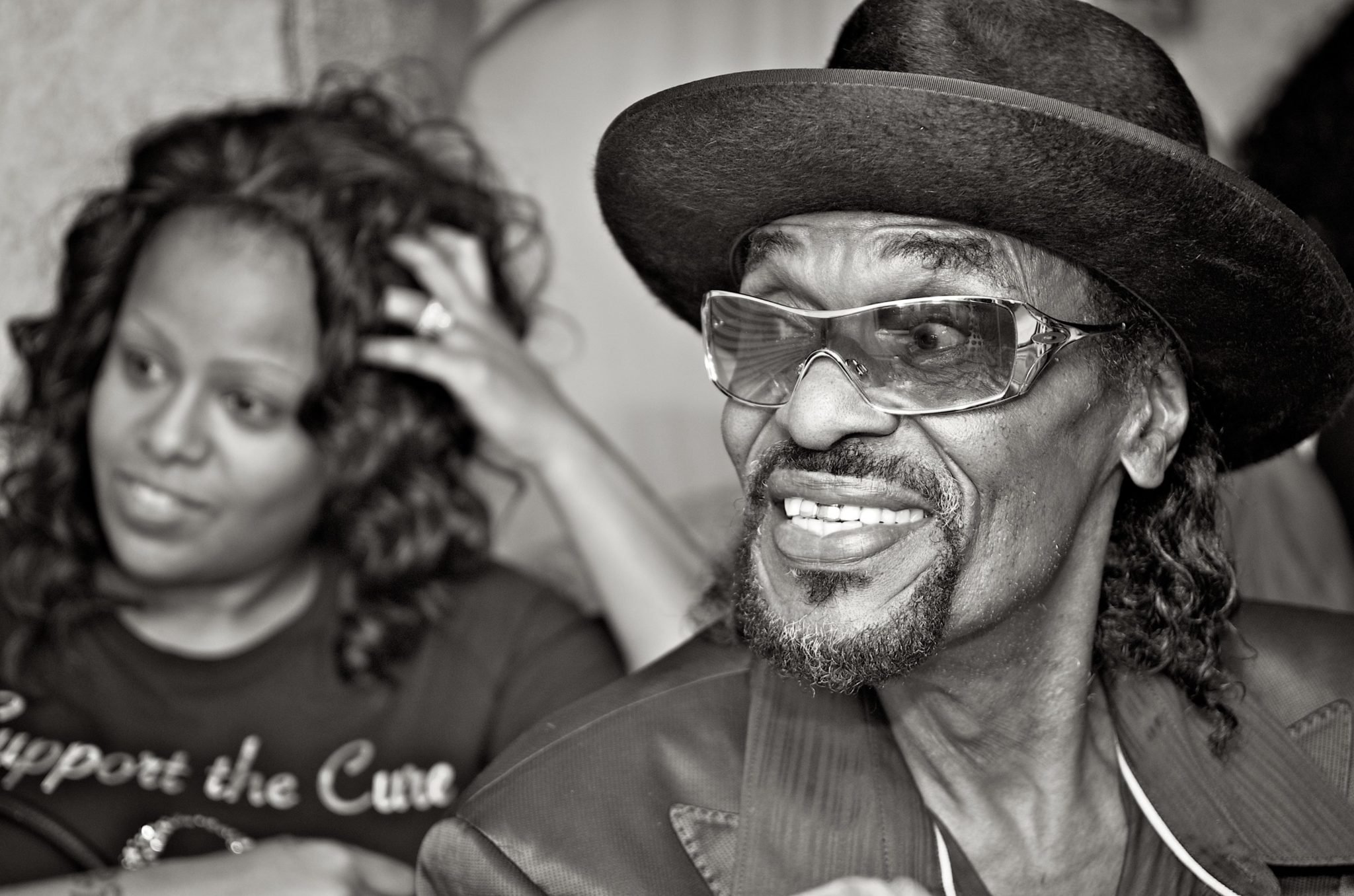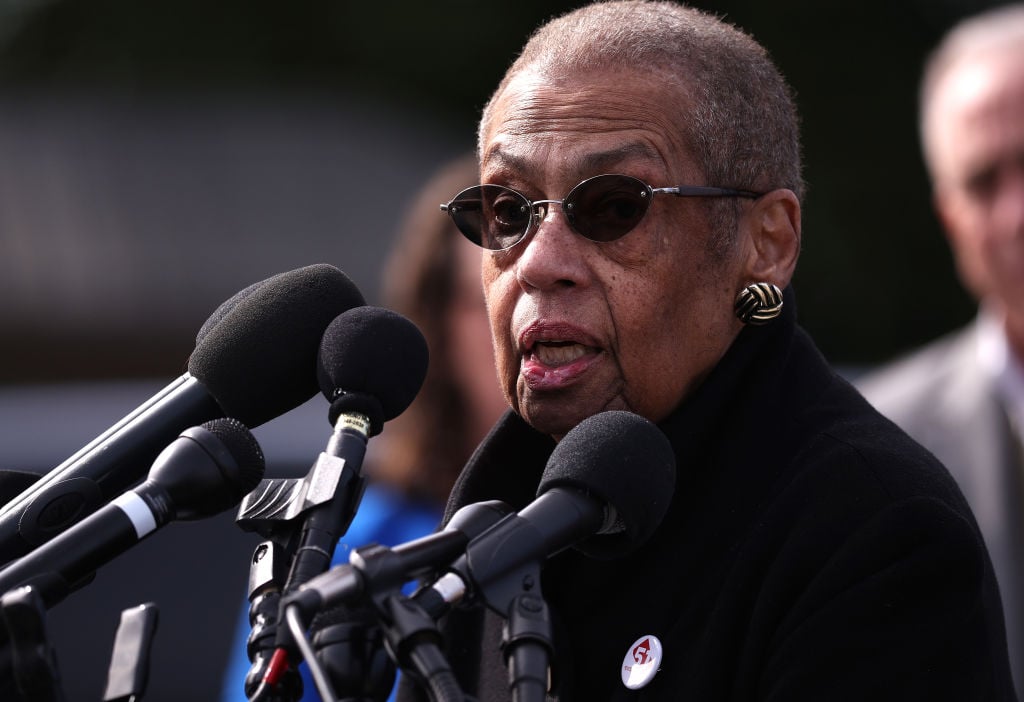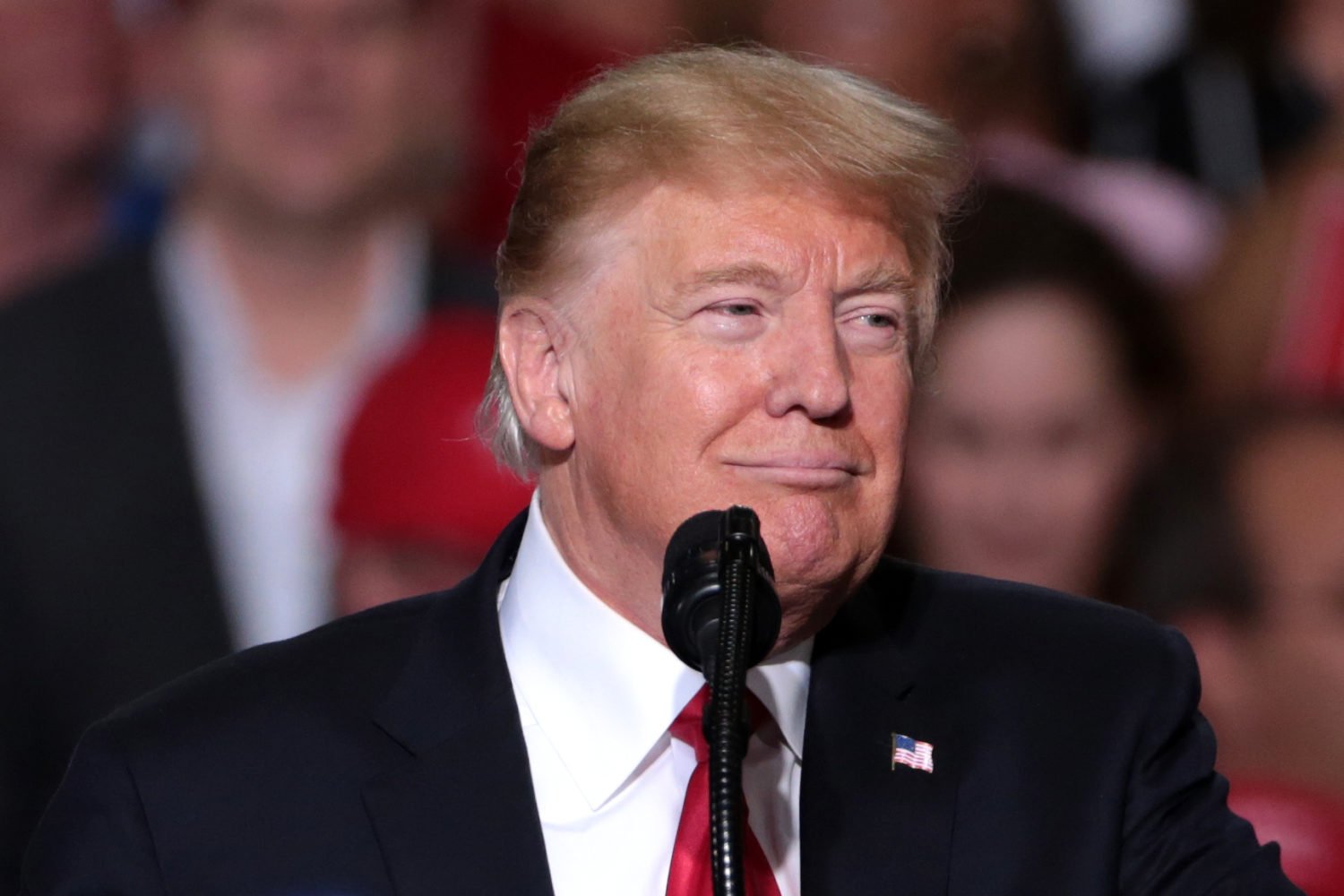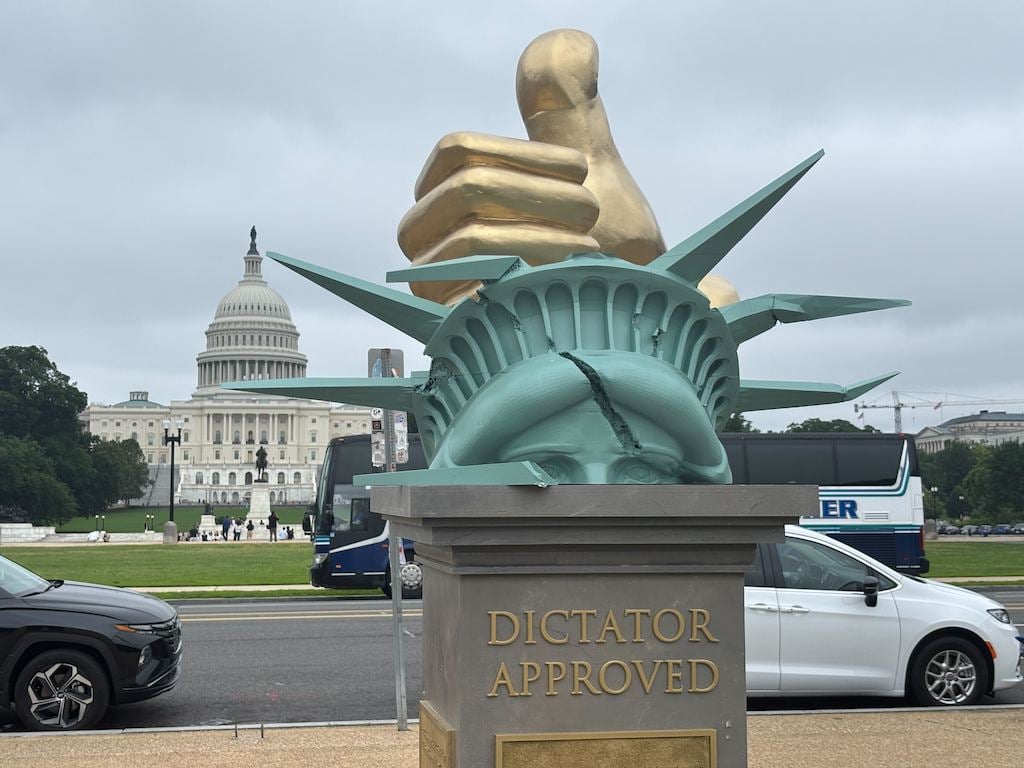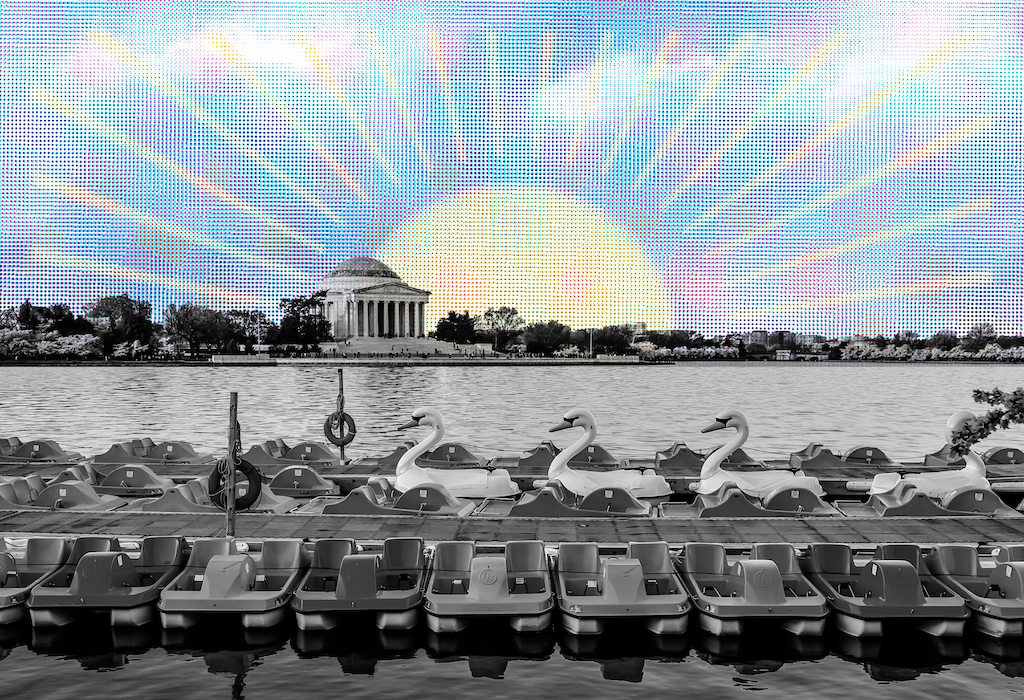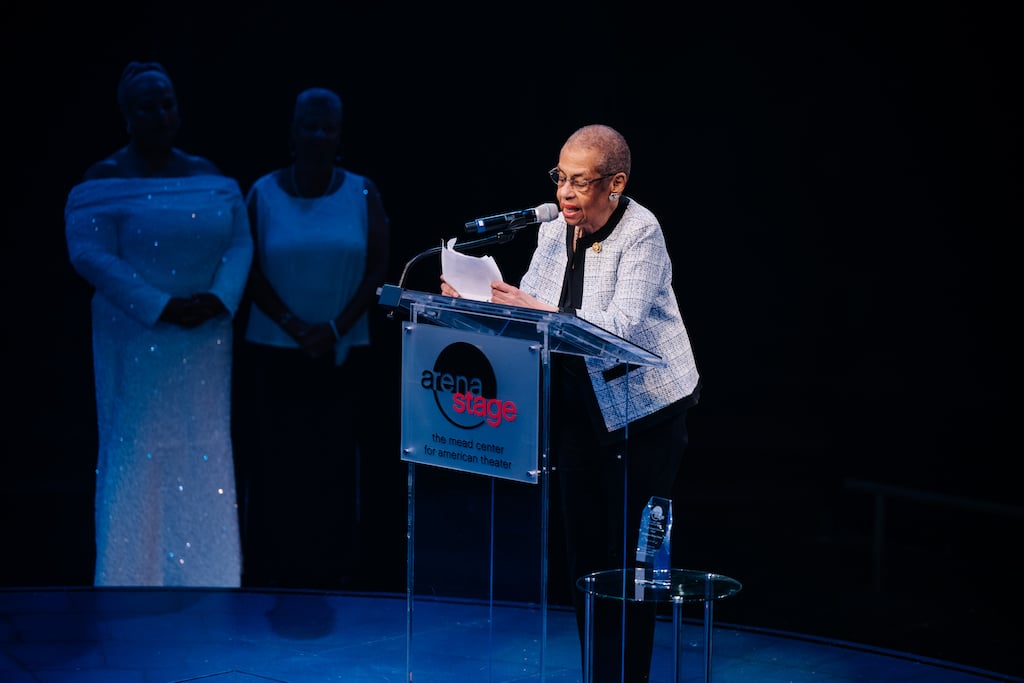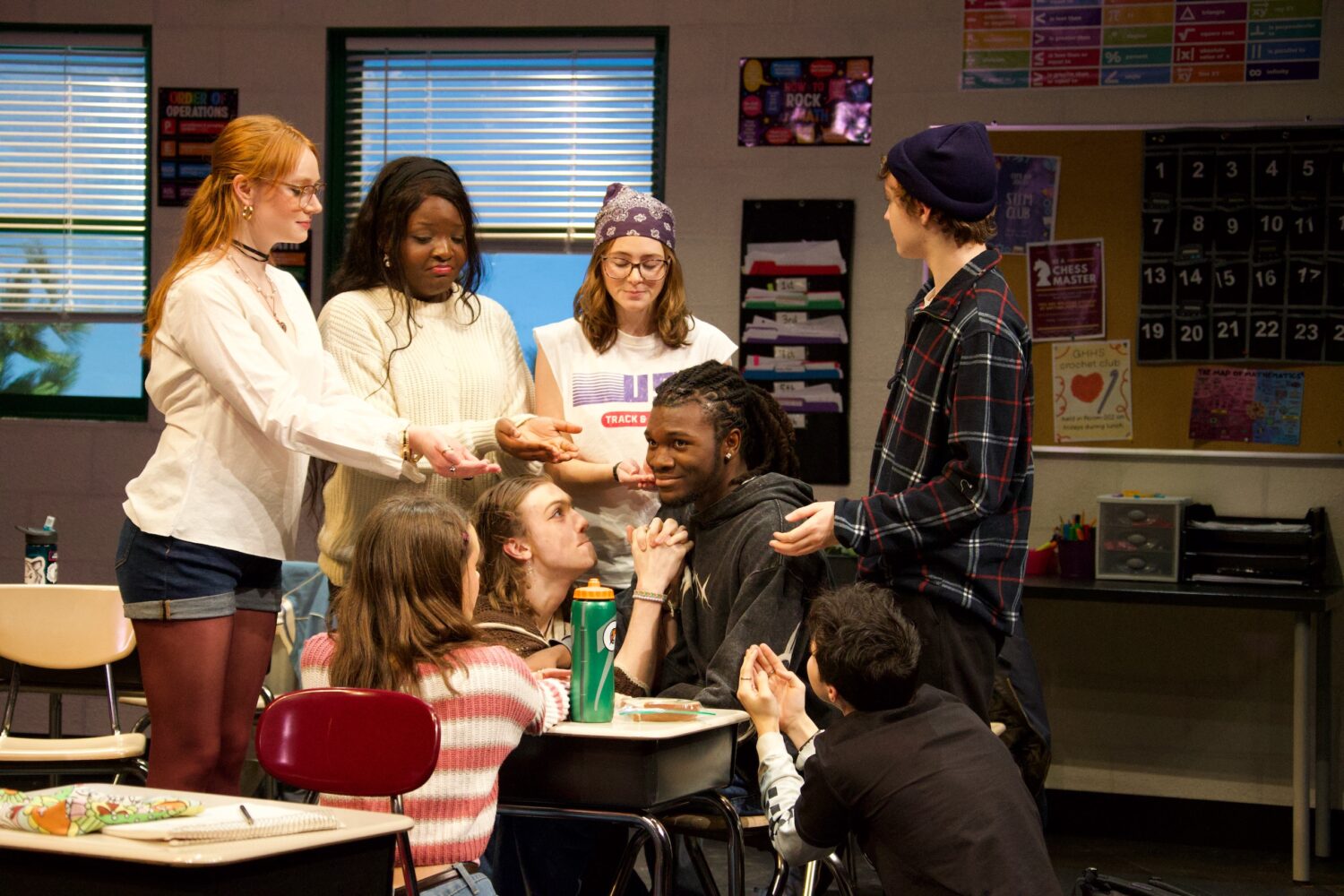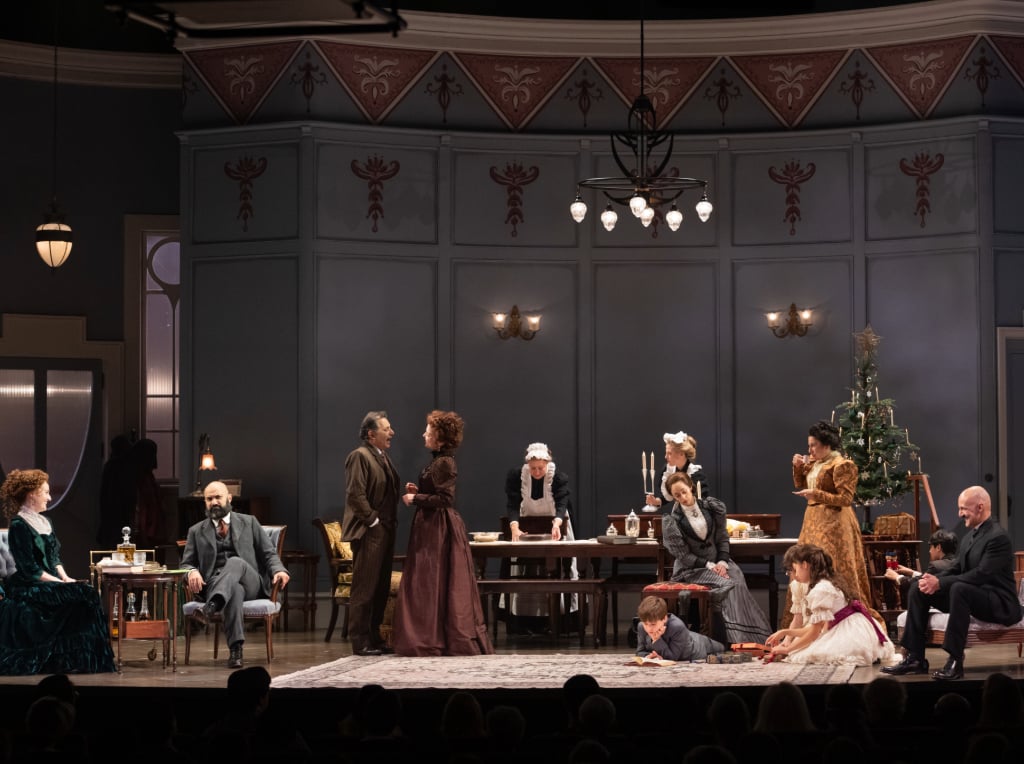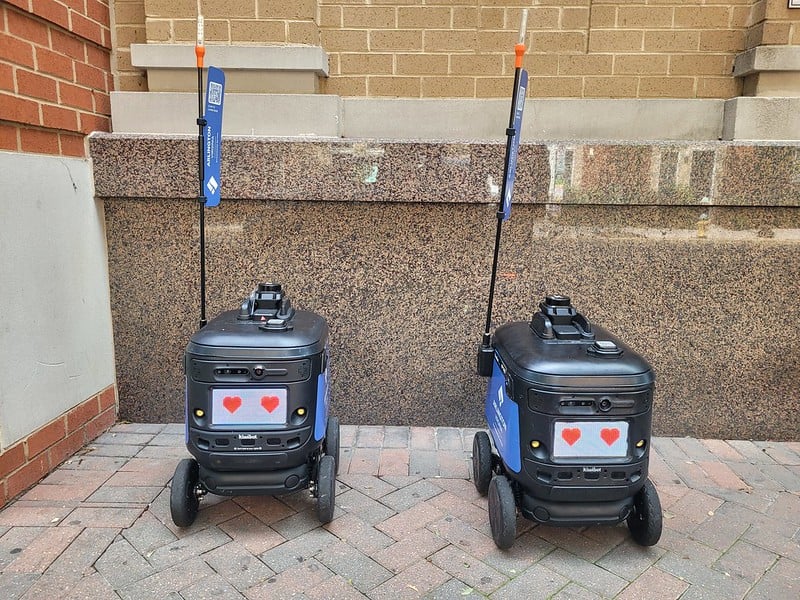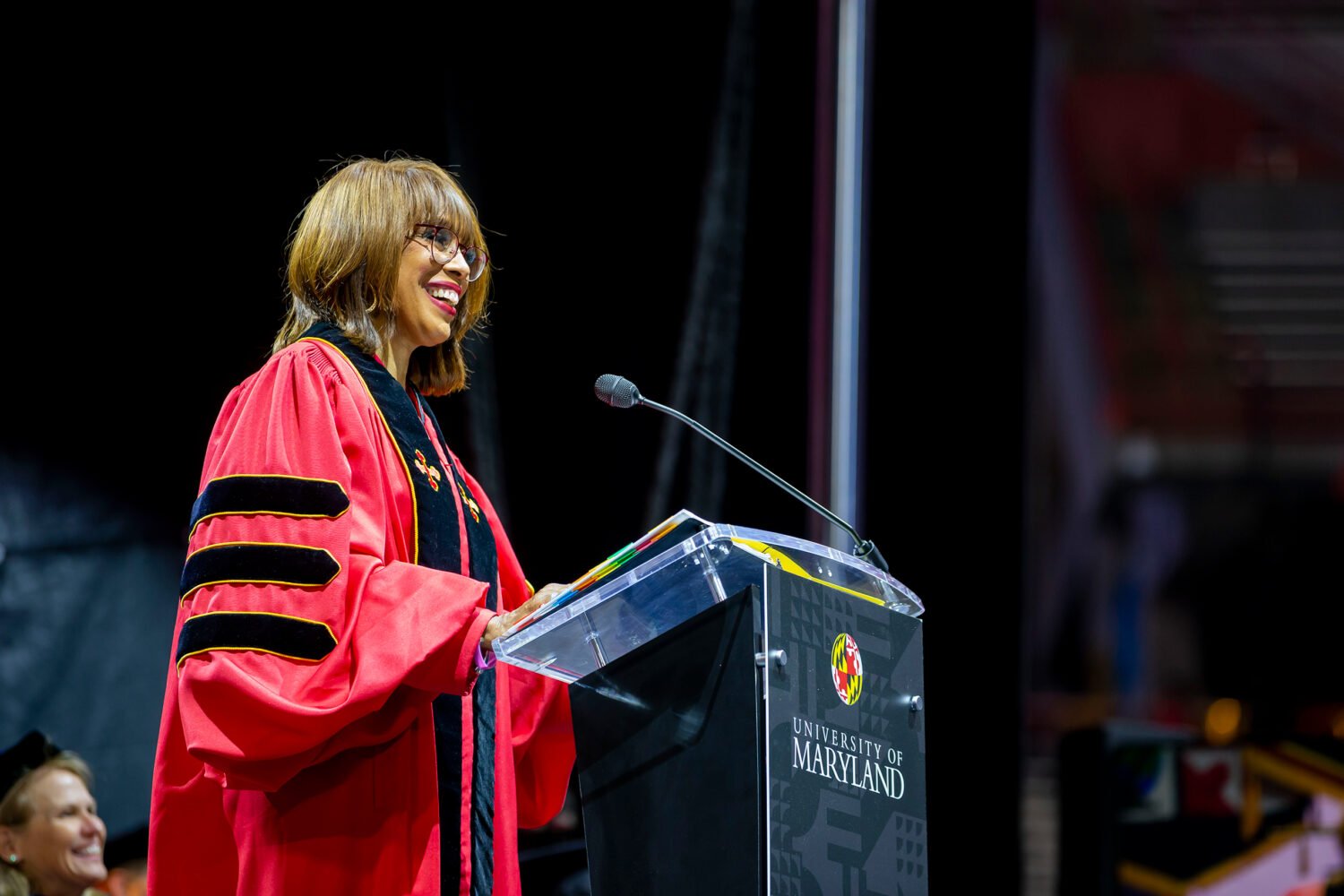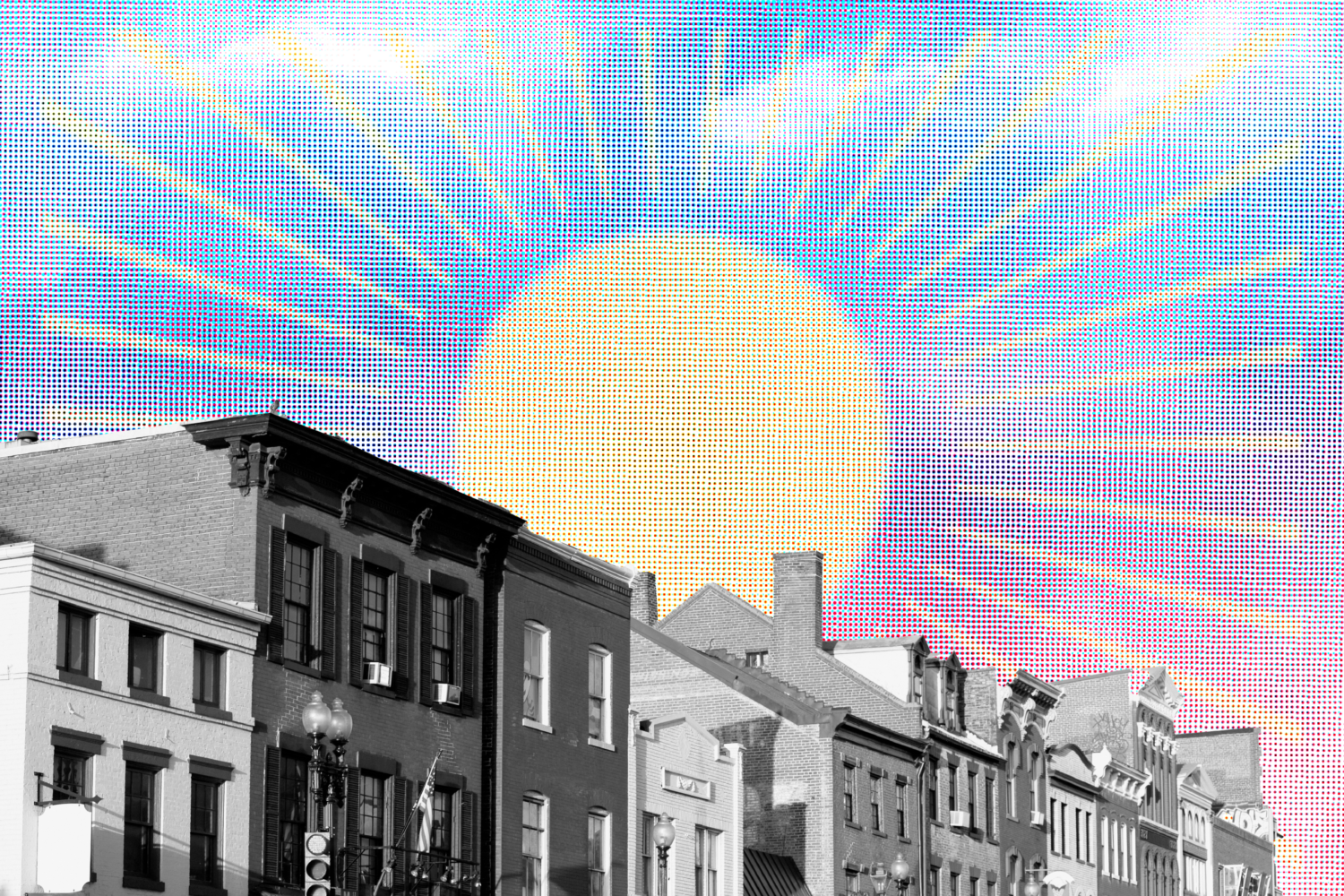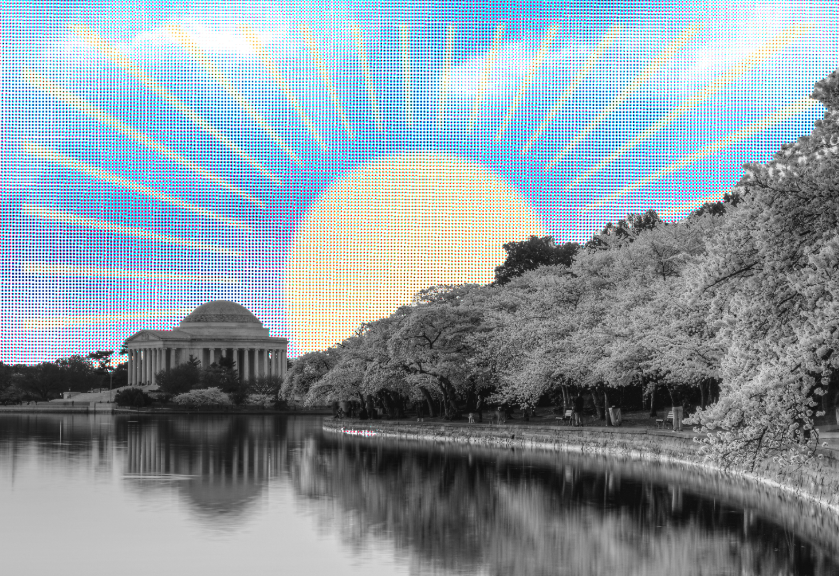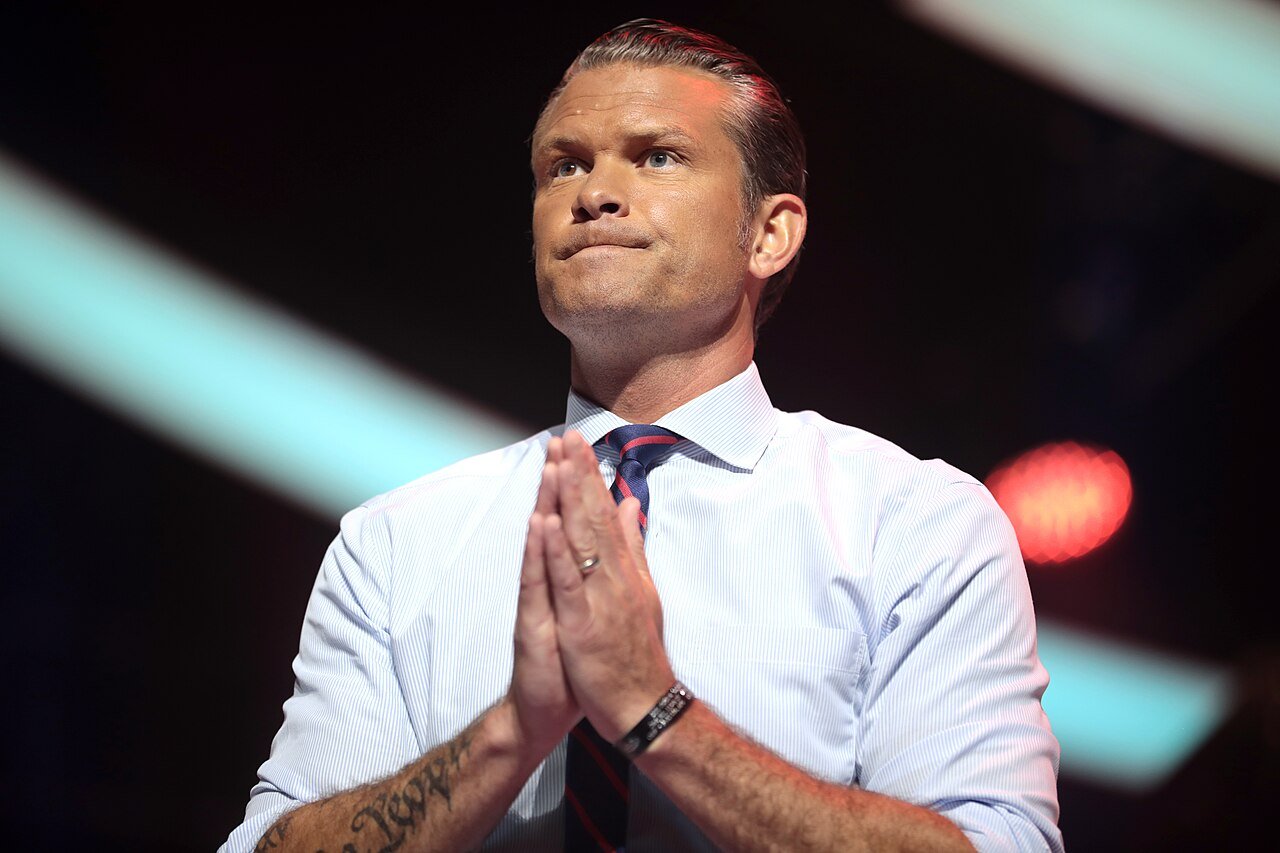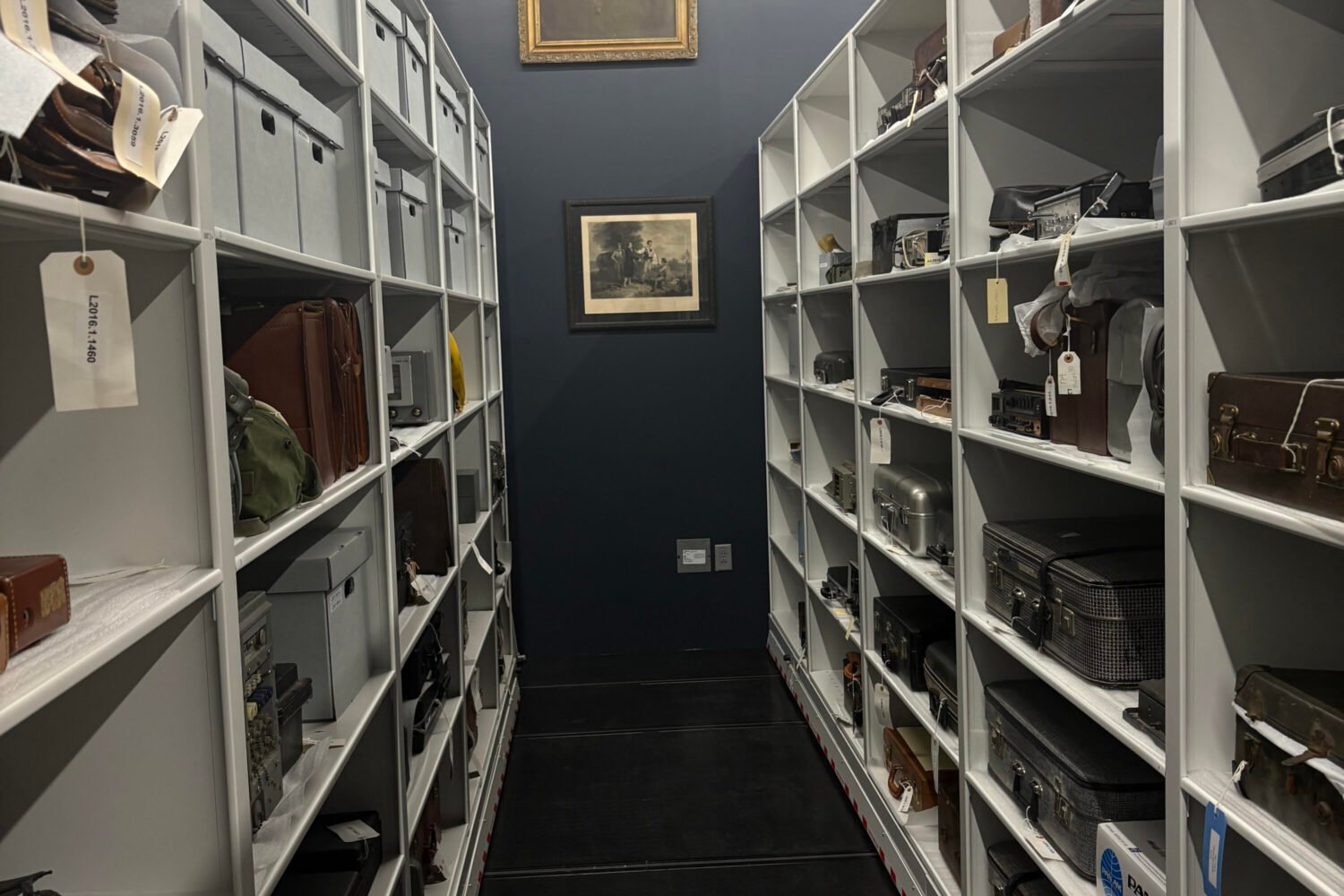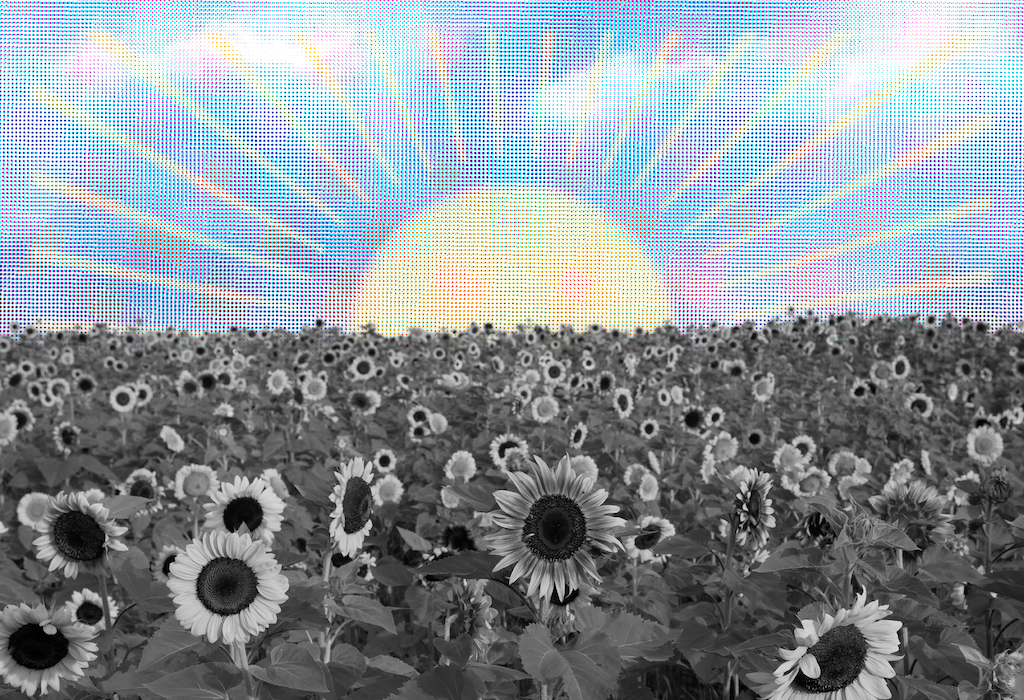Correction: Based on information provided by IN Series, a previous version of this story said that author and professor Natalie Hopkinson was the writer of Chuck & Eva. She is not involved with the project.
Chuck & Eva, a new music-focused theatrical work about the friendship between go-go great Chuck Brown and singer Eva Cassidy, will open in DC next June.
The performance, which is part of IN Series’ 2022-2023 season, tells the story of much-missed DC musicians Brown and Cassidy’s album, The Other Side. It will open at Source Theatre on June 8 and move to the Baltimore Theatre Project at the end of the month. “We’re really excited to be able to end the season with something that’s really of, about, for, from this community,” says Tim Nelson, the artistic director of IN Series.
As an opera-focused nonprofit arts organization, IN Series often presents European work rather than local stories, Nelson says, but the group has been looking to produce more DC-oriented shows. Chuck & Eva, which Nelson describes as an immersive cabaret experience, will feature young, local jazz artists performing original versions of each song from the album as well as spoken text about the two musicians’ story. Audience members will be encouraged to interact, eat, drink, and dance with performers, similar to how show-goers may have experienced Brown and Cassidy’s music. “What’s key is inviting the audience to engage with the music and also the story in a really direct, immediate way,” he says.

